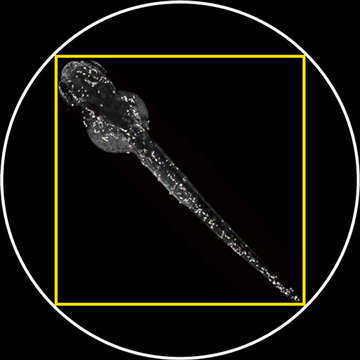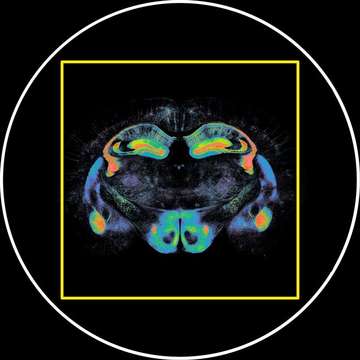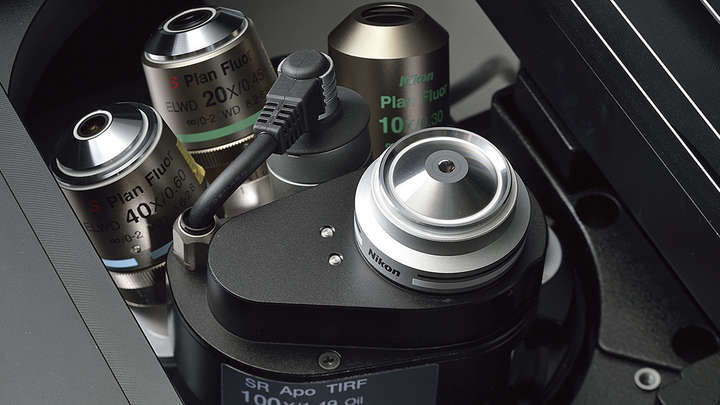See More of the Specimen
Coupled with scanning sizes up to 8192 x 8192 pixels, sampling beyond the optical diffraction limit is possible even at low magnifications with the AX/AX R.
Using lower magnifications with longer working distances and high numerical apertures enables more flexible specimen preparations to be used, while the large FOV allows simultaneous high resolution in one image. Collect more data in every image, and at faster rates.

- Whole mouse bladder optically cleared with iDISCO and acquired at 8192 x 8192 pixels using a 2x Plan Apo objective, effective pixel size 0.6 μm (over 10x the spatial resolution of a typical monochrome CMOS camera).
- Courtesy of Dr. Gerry Apodaca, Integrative Systems Biology, Department of Medicine, University of Pittsburgh in collaboration with Dr. Alan Watson at the Center for Biological Imaging, University of Pittsburgh.

















